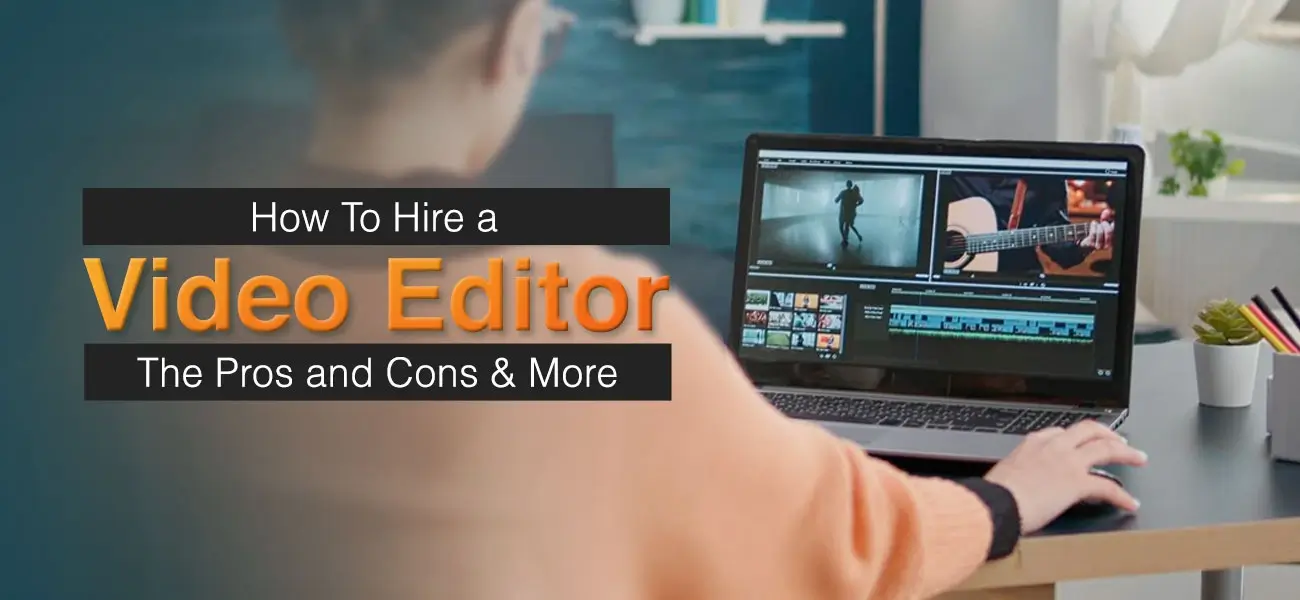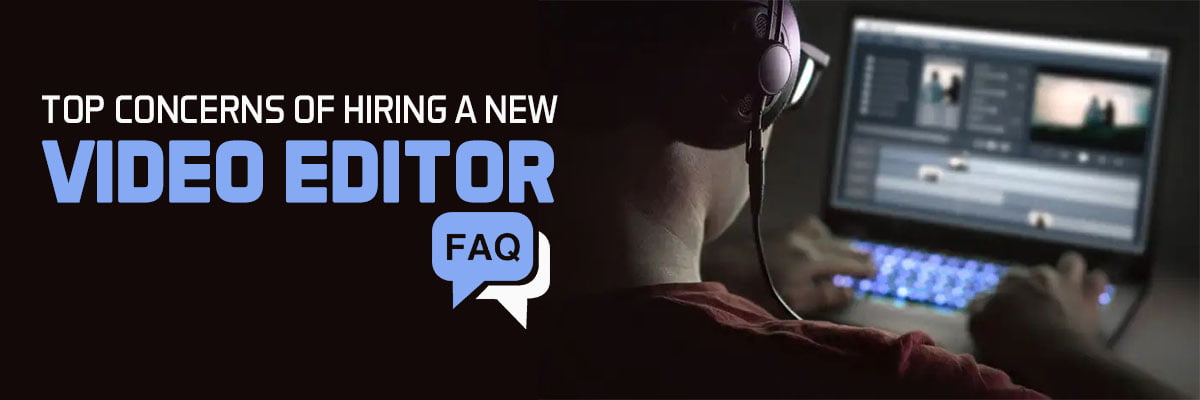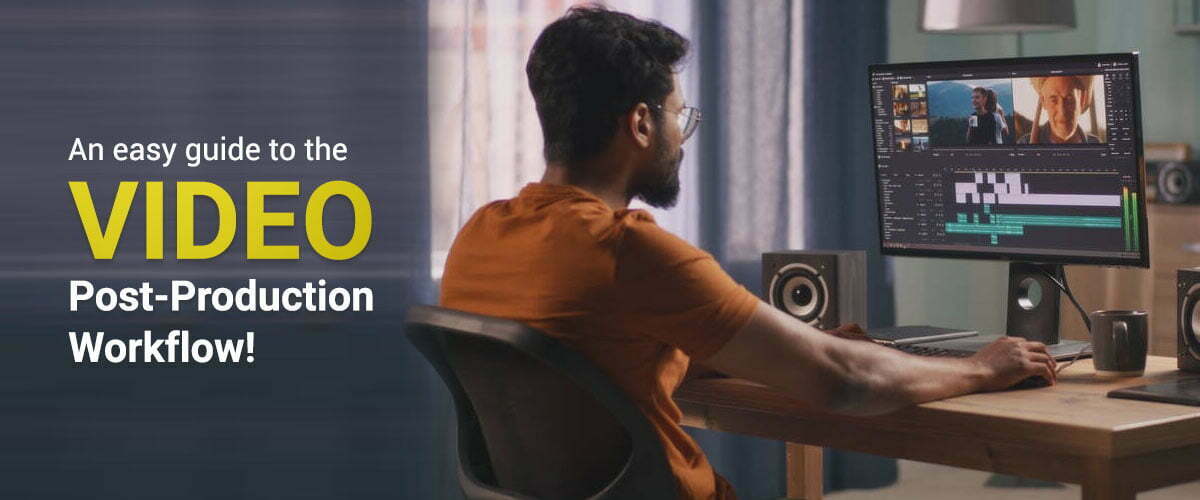Fashion illustration tips for illustrator
Fashion illustrations are representation of the creative artists’ visualizations which would be materialized by artisans. Attires, accessories, ensemble and anything fashionable can be depicted through illustrations to showcase the prevailing tastes of fashion lovers and projected offerings.
Fashion illustration that can generate appeal among the targeted group and step up the demand for designers’ works must be carefully crafted. This blog takes you through the essentials including tips and tricks for fashion illustration.
Develop your command over the art of drawing patiently
The art of drawing is something that you don’t inherit from parents but develop gradually through practice. The perfection with which you can illustrate vivid, symmetrical and regular illustrations depend how hardly you practice this art. The bottom line is that your illustrations may not be perfect initially, but your intended fashion illustration idea should come across seamlessly.
Gain insights into human anatomy for optimum results
Your illustrations serve the various purposes of clients. This means your illustrative capability has to be versatile so that you can present attire clad bodies in various poses through your sketches. As your understanding about human anatomy deepens, you would instinctively come to realize which poses, gestures or postures would perfectly complement fashion elements. Your insights would help you do the needful tweaking when illustrate a real-life model or when making alterations to existing images. Sense of proportion and aesthetics comes from your ingrown understanding of the flexibility of human torso.
Make viewers commit attention to special elements through stylization
To make your Fashion design illustration more emphatic, you need to stylize focused upon fashion elements for grabbing attention. The human sketches that you would use for highlighting the appeal of ornate designs need not be anatomically similar to actual humans. You can take creative liberties with the legs, hips, waists, height and other body parts to help audiences understand how the fashion offering spans out in its full glory. From an artistic standpoint, this helps you project the extensive of texture, fabrics, designs, folds and presentations for better visualization. If you are trying to capture attention of viewers on garment, you need to blur out or de-glamorize the face. Alternately, if your purpose is to showcase the accessories, you have to make the dress part less figure flattering. Knowing the trick to stylize strategically makes you a better fashion illustrator.
Try to tell a story with your illustration
Fashion dynamics is operating by the way prospects perceive and respond to various offerings put up for sale. In order to take your audiences on a flight of imagination, you have to tell a story through moving pictures. This doesn’t mean that you are animating the illustration; rather it implies that you are presenting the image in a dynamic pose within the canvas to help audiences appreciate the various facets of fashionable elements. The models walking on the ramp, for example, never stop for prolonged period before audiences. This is intended to convey the rhythm, flow and congruity of fabric when in motion. Through your illustrations, you have to communicate the same sense for fabric and other elements i.e. the way lightness or stiffness of the fabric facilitate smooth or encumbered motion. Audiences then would start relating the fashion offerings with different circumstances and prefer accordingly.
Engage your audiences through strategic backgrounds
Your illustration should not be greater by the brilliance of the background designed to offer context to your fashion creation. Choose your background wisely to ensure that the eyeballs of audiences capture the essence you are trying to convey. Glitzy and excessively done backdrops often steal the mesmerizing touch of the illustration. You can also choose to work with solid colors and depict your illustration in outlines only with needful inputs. This would allow the viewers to visualize the fashion wear or accessory in the context they want. Their senses would not be clouded by a forced perception. This would allow your creation to be adopted with open arms.
Accord priority to your comfort quotient
The key to excel in fashion illustrations is to embrace the drawing mode you are comfortable with; this is one of the basic fashion illustration tips. You need to then work your way into more complex aspects. With dimensional sketching, you can represent a design from various angles and add depth. Since your perception of proportion would develop, you can quickly become adept in freehand fashion drawing. With flat sketching, in contrast, your skills of presenting the design in full frontal or back improve. As you become handy with 2D proportion setting templates, you can glide into freehand illustrating sooner.
Be meticulous in your approach
Designing without adequate research into fashion trends can be fatal. You can proactively predict fashion fads and illustrate accordingly by remaining acquainted with contemporary fashion. Illustration becomes captivating when you have proper insights into how attires are designed, how they grasp to the body, how cuts are implemented, how fabrics impact texturing, and how collation of each individual element culminates into hot fashion. This would make your illustrations sustain in competitive landscape.
Dip into your creativity comprehensively
Being creative and innovative with your sketches would help carve a distinctive niche for yourself. Never be swept away by abundance of details. Approach a design methodically; this can be considered as one of the golden fashion illustration techniques. Start with designs that are simpler to draw and keep practicing till you can easily pull off a particular look intuitively.
Focus on patterns
You need to utilize the potential of patterns to heighten the appeal of your illustrations. Patterns narrate stories that audiences can relate to. Floral or ornate designs strike the right tone with lovers of loud fashion elements. In contrast, demure or buttoned up prospects find understated, minimalistic, and modest repetitions like stripes closer to hearts. Patterns in textile help you complement color or print amalgamations with right context. Some patterns may review of the difficulty of a bygone era.
Prim up your illustration
The comprehensiveness of your illustration can be attributed to the carefulness with which you would balance various elements like colors, textures, patterns, etc. Take for example hair. The hair styling of different people varies. The style has bearing on ethnic and cultural beliefs of people. Your illustrations have to be compatible with hair styles so that buyers can relate with the same. Your skill collection would widen as you would learn to draw various hair types like thin, straight, braided, curly etc. You can accentuate your image by making hair the focal point. Garments’ movement must be seamless with hair’s natural movement. If hair accessories have to be promoted, then sketch of hair would be the driving force.
Never ignore the accessories and incidental elements
In the afore-discussed point, we have explored the importance of hair for leveraging the appeal of your illustration. However, fashion is not limited to hair and attires only. Accessories too can hold the center stage. When illustrating for an accessory, you need not sketch the entire body but a part of it only which is being adorned. In certain cases, there may not be the need for a human figure also. Even if the figure has to be drawn in its entirety, the thrust would be on the accessories only. To be a successful sketch artist in fashion realm, you need to know how to portray accessories in the right light. If you are illustrating a lady who has been crowned as Miss World, for instance, your focus would be on the jewelry, spangles, shoes, crown and other embellishments. The illustrated figure can be portrayed in full opulence or as an example of modesty just by altering the volume of accessories worn. When stylizing a garment, the tweaking that you would use must be re-used in right perspective to showcase the importance of accessories also. You have to go about on a journey of storytelling with the accessories to help audiences form mental images of how the objects would measure up to their clothing preferences. Your focus should be on presenting the accessories in a manner that would make the viewer feel special when they would use the same.
Learn to relate objects to surrounding space
Fashion illustrators who blaze trail in their segments often have uncanny understanding of perspective. The skills of intricately portraying objects within the space in which they exist enhance the accuracy of sketches. You can enhance the visual appeal of illustrations by putting things in right perspective. For example, if you are assigned with the task of illustrating a handbag. You need to enhance its actualness in a manner that anyone can reach out to the same and feel it. There would no longer be the dependence on a full-fledged figure. Audiences would get a more comprehensive and dimensional feel of the object. You can also put visual props to showcase how the object interacts with common items in the same plane. Knowledge of lighting and design styles would matter.
You can make a bold and subtle statement of your illustration skills in the fashion domain by adhering to the aforesaid tips just like various graphic design companies offering illustration services do. Nothing can stop you from flourishing.




